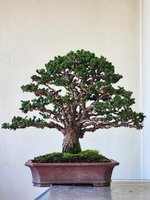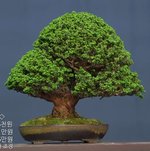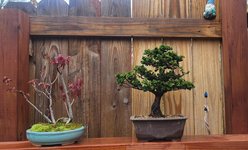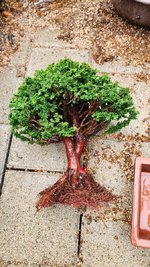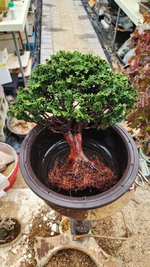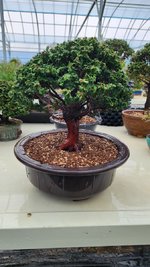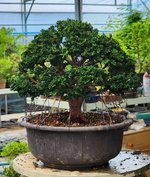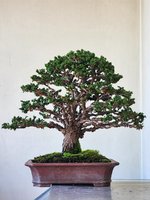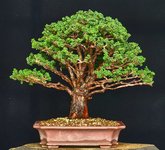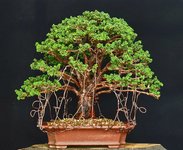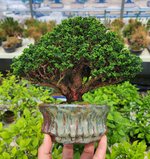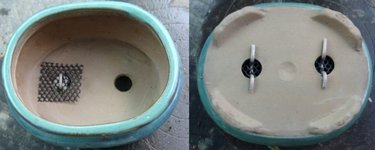opus1
Yamadori
Hello all, it's been a while since I last posted here.
I'd like to share the current status of some of my Sekka Hinoki trees.
The first three pictures show the transformation from when I first got it until now.
The fourth and fifth ones are trees that I plan to maintain without any special interventions for this year.
The pictures from the sixth one to the eleventh show a tree I recently got.
Recognizing the need for several operations to achieve a higher level of completion, I repotted it into a larger pot. These images document that process.
The last picture is from last Christmas season, featuring Christmas lights with my Sekka Hinokis.
Any advice or questions regarding the trees are welcome~
Thank you for taking a look!
I'd like to share the current status of some of my Sekka Hinoki trees.
The first three pictures show the transformation from when I first got it until now.
The fourth and fifth ones are trees that I plan to maintain without any special interventions for this year.
The pictures from the sixth one to the eleventh show a tree I recently got.
Recognizing the need for several operations to achieve a higher level of completion, I repotted it into a larger pot. These images document that process.
The last picture is from last Christmas season, featuring Christmas lights with my Sekka Hinokis.
Any advice or questions regarding the trees are welcome~
Thank you for taking a look!
Attachments
-
 20230504_164242.jpg371.9 KB · Views: 166
20230504_164242.jpg371.9 KB · Views: 166 -
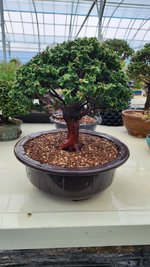 20240317_135625.jpg179 KB · Views: 112
20240317_135625.jpg179 KB · Views: 112 -
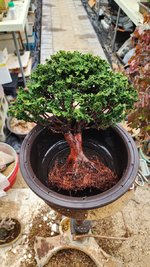 20240317_133920.jpg233.6 KB · Views: 101
20240317_133920.jpg233.6 KB · Views: 101 -
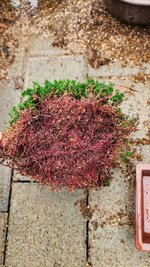 20240317_133708.jpg252.4 KB · Views: 99
20240317_133708.jpg252.4 KB · Views: 99 -
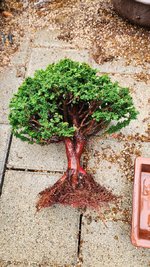 20240317_133654.jpg318.1 KB · Views: 99
20240317_133654.jpg318.1 KB · Views: 99 -
 20240317_133246.jpg352.4 KB · Views: 105
20240317_133246.jpg352.4 KB · Views: 105 -
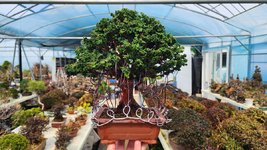 20240317_120120.jpg211.3 KB · Views: 112
20240317_120120.jpg211.3 KB · Views: 112 -
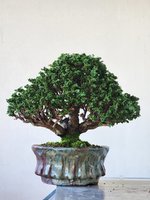 20231119_141740.jpg204.1 KB · Views: 122
20231119_141740.jpg204.1 KB · Views: 122 -
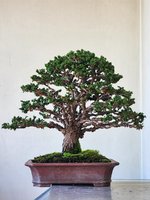 20231119_141847.jpg209.3 KB · Views: 121
20231119_141847.jpg209.3 KB · Views: 121 -
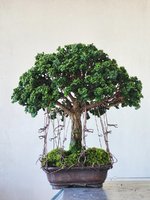 20231119_141940.jpg217.3 KB · Views: 121
20231119_141940.jpg217.3 KB · Views: 121 -
 20231028_165618.jpg222 KB · Views: 126
20231028_165618.jpg222 KB · Views: 126 -
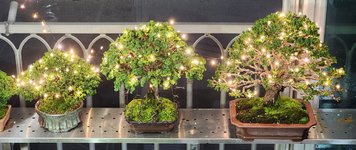 Sekka_Christmas.jpg187.9 KB · Views: 173
Sekka_Christmas.jpg187.9 KB · Views: 173
Last edited:

